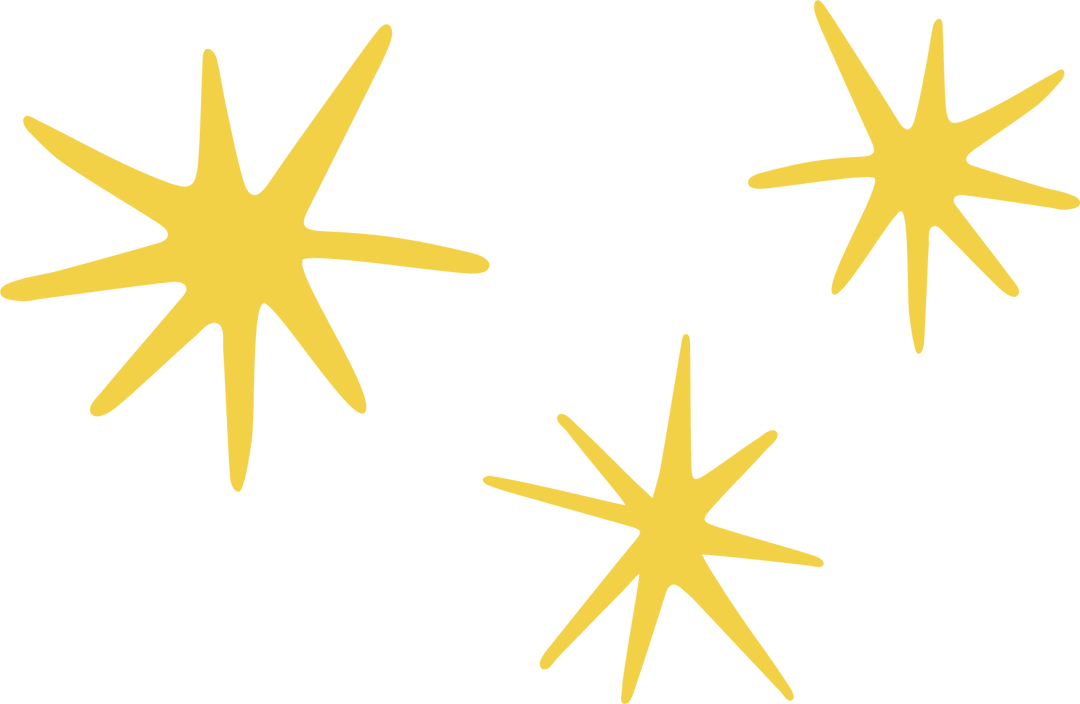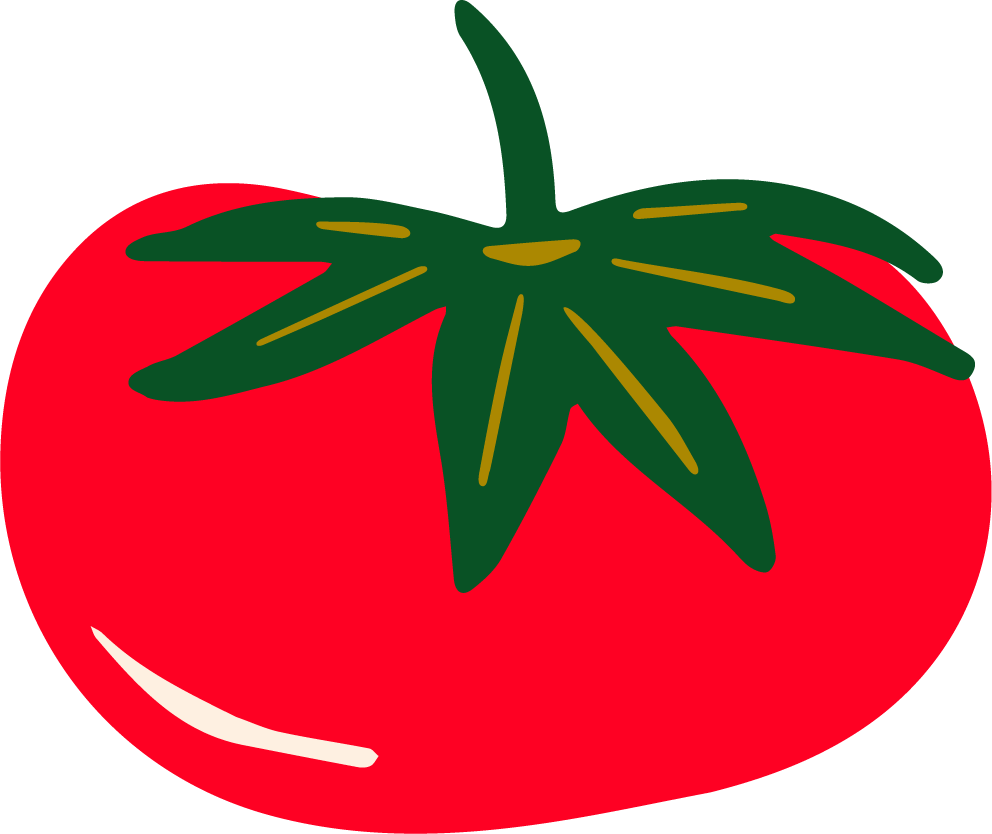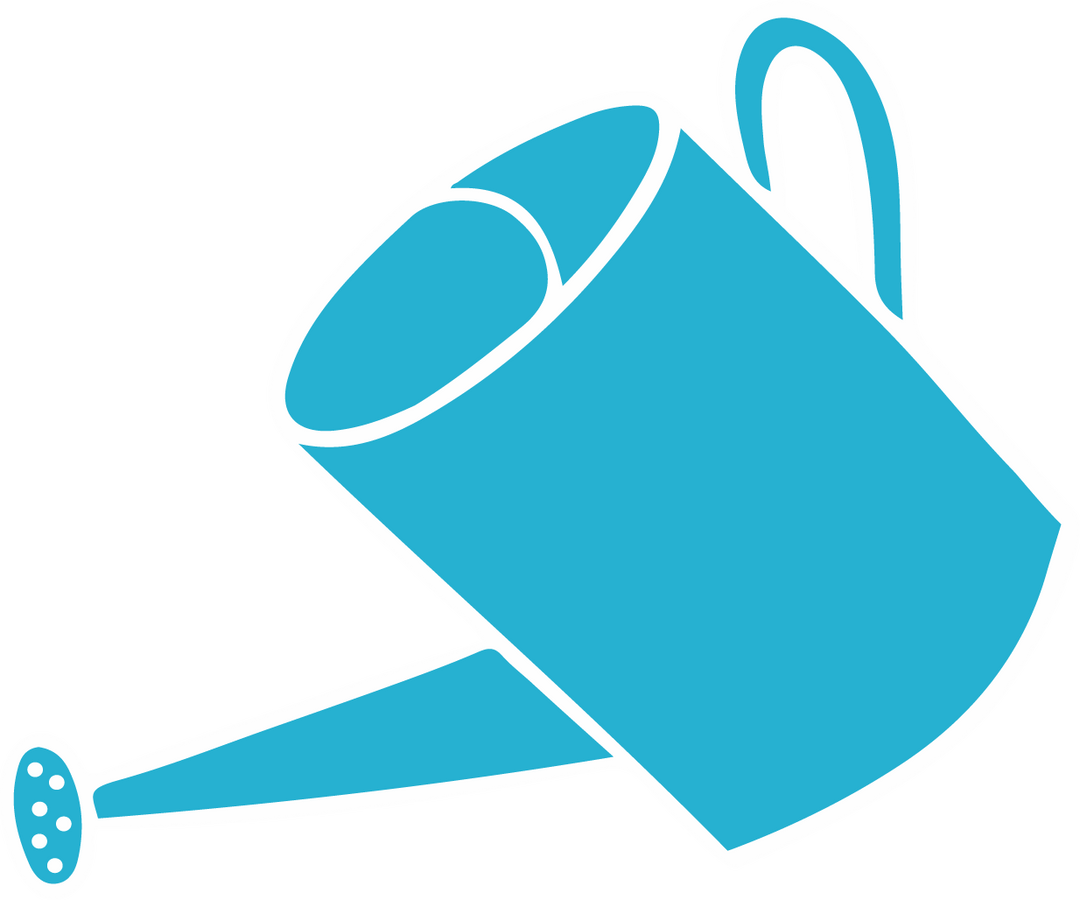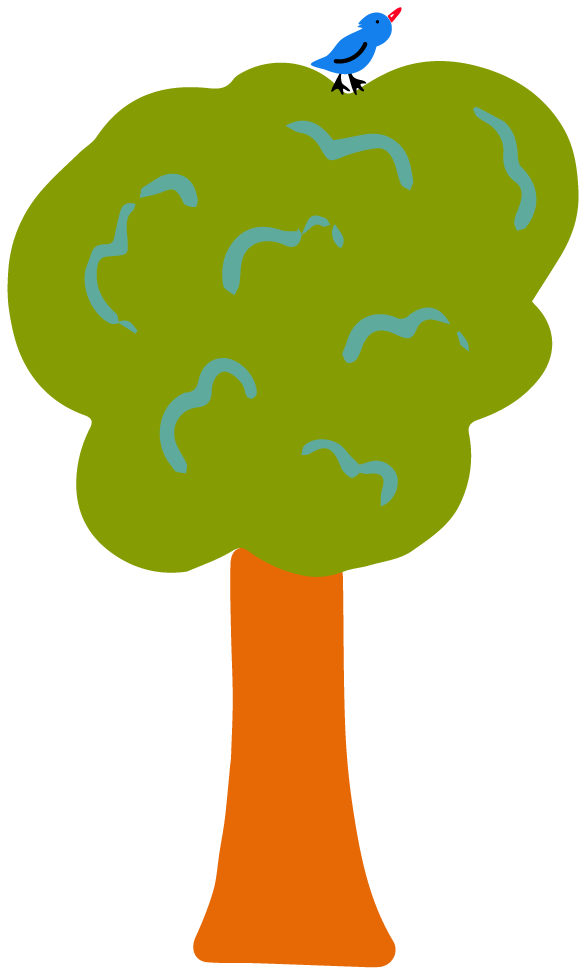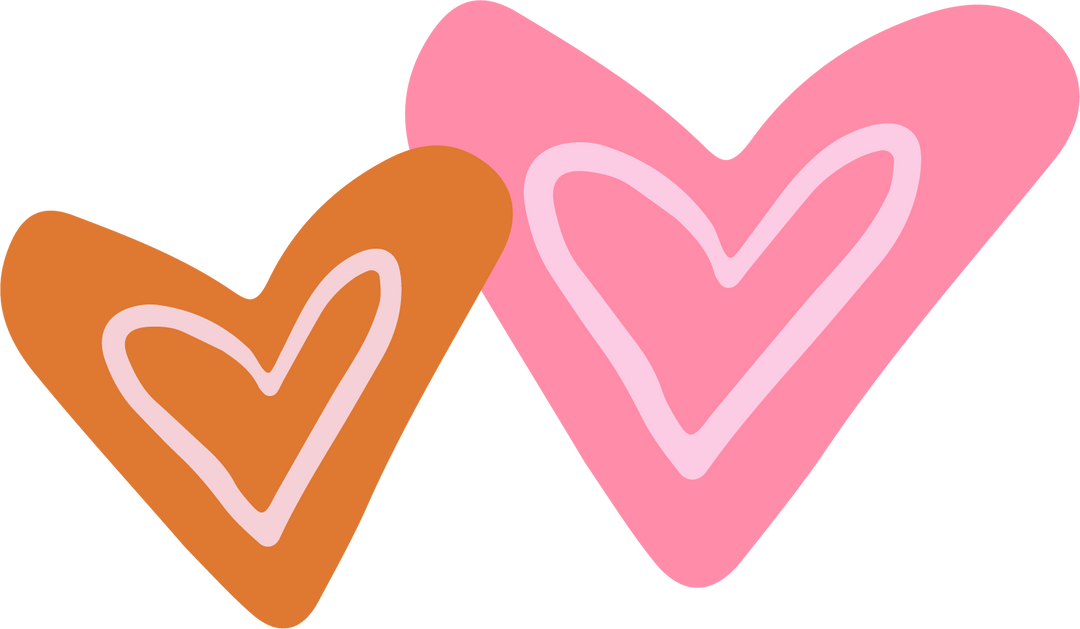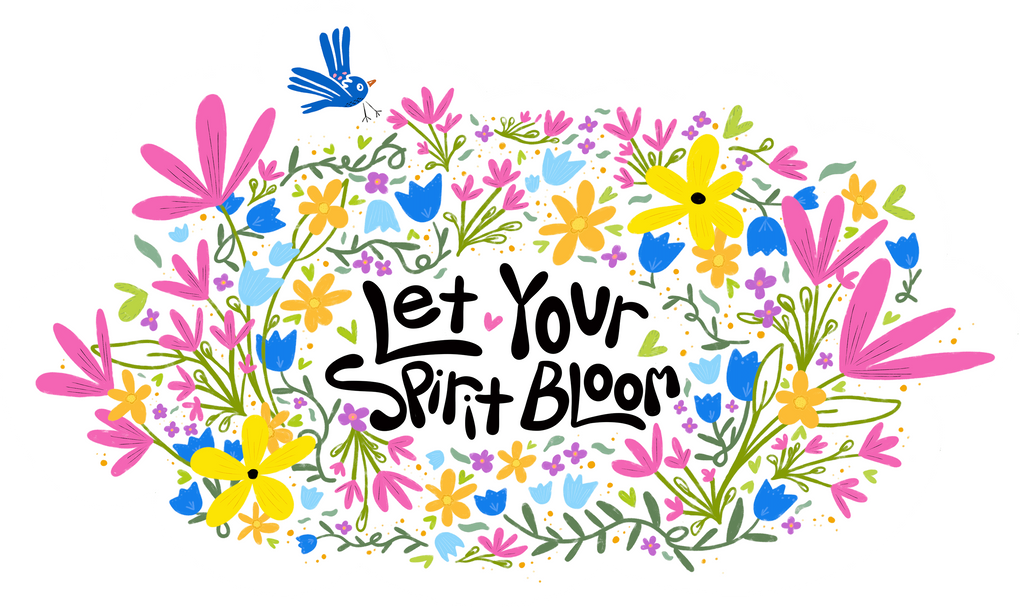My Grandfather's Thread (or How I Make Eye Pillows)
Welcome to my sewing spot! (aka the kitchen 😂).
I store supplies in drawers that were made by my grandfather many years ago, for my grandmother to keep her sewing supplies in. I’m now the guardian of these supplies, including buttons (that I sew onto UpRoot's organic lunch bags) lots and lots of spools of thread my grandfather saved in his basement, too.
As a first generation child of immigrants who grew up in the Depression, he never threw things away and knew how to fix everything. He would sew and patch his own clothes just as much as he would repair and patch up his own car. And my grandmother was fantastic with her hands too, giving me sewing and knitting lessons when I was a girl.
It feels very special to me that as I continue to grow UpRoot Design Studio’s sustainable mission, I’m being given help from beyond the grave by two of the original upcyclers, menders, crafters, and makers. They believed the world could be made better through love and generosity, and passed that determination to be fully alive and giving back to the world, no matter how sh*tty things may be, onto me.
And all of that heartfelt sentiment is poured into each item I make! Let's go behind the scenes with UpRoot's organic eye pillows. Here's how I make them:
STEP 1. Prep the sewing machine (click to watch):
Getting the sewing machine ready is important to the rest of the project going well. This includes: Making sure you're using a type of thread your machine responds to well, you've got the the right size needle for your thread and fabric, your tension is set to accomodate this thread and fabric as well, the bobbin is wound properly with the same thread as the top spool, threading the machine, and tucking the thread behind the guard before threading the needle.
This stuff might be unsexy but is super important to set us up for a fun (and not frustrating) sewing time.
STEP 2. Make the inner eye pillow (click to watch):
Here's where we make the inner pouch that will hold the delicious, relaxing organic ingredients. 🌸
First, I cut out my fabric rectangle. (I'm using organic muslin from Hart's Fabric or Core Fabrics.) I cut with either fabric scissors or a rotary blade on a self-healing mat.
(I'm horrible at cutting straight. At this point in my life, I think it's just a trait I'll have forever. But these hems go inside a sealed pouch, so it's ok!)
Then, I iron down the edge hems.
Next, I sew the inner fabric rectangle inside out, and flip it to make a pouch.
Step 3: Mix your scrumptious ingredients (click to watch):
This is where stuff starts to smell amazing!
First, I mix the ingredients and get it ready to pour into the inner pillow pouch.
Then, I use a tall mason jar that’s just a bit smaller around than the pillow pouch, and pour the ingredients in!
It’s truly great aromatherapy, esp with these organic, fair trade ingredients. Sustainable living is yummy!! 😋
Here I'm mixing organic lavender (it smells like standing in a lavender field, ahhhh) and flax seeds to give the pillow some nice, comforting weight.
Step 4: Fill & sew the pouch closed (click to watch):
Step 5: Sew the removable cover, recycled label and all (click to watch):
 First, I iron down the edge hems and give those a topstitch.
First, I iron down the edge hems and give those a topstitch.
Then, I sew on the label. I got my labels from Wunderlabel, made out of recycled OEKO-TEX Certified yarn. How cool is that!
Like the inner pillow, we sew this with the wrong side out, and then flip it. I've found that putting the opening toward one side rather than the middle makes it easier to take the pillow in and out. And we're all about making this fun and easy, so side opening it is!
Step 6: Put it all together (click to watch):
As I'm finishing up putting it together, I like to wonder about who will use this one.
It really feels good to make and share something that will also make other people -- like you! -- feel good.
The final steps are to give it a fresh iron, write the fragrance/ingredients on the hangtag, pop on the hangtag with a reusable pin, and we're ready to go!
The cover can be removed and hand-washed for extended use, and meditative thoughts for using the eye pillow can be found on the back of the hangtag, so even the label is an actionable, useful object.
Rest is so important for our bodies and minds, but it can be hard to prioritize with everything else we have going on. I purposely make UpRoot’s eye pillows with fun, colorful patterns so they draw attention and spark joy — I find that having tangible, easy ways to get into healthy habits means I’m way more likely to do them!
I make these pillows with lots of love, and hope they’ll remind you to take breaks and take care of yourself. You can use them on your eyes, forehead, chest, or anywhere that needs some restful weight, or do some deep breathing with them for natural aromatherapy. I think that last one might be my fave way to recharge. What’s yours? 💕
🌱 For Earth-friendly materials that go into UpRoot's sustainably reusable eye pillows, I use upcycled thread, 100% organic muslin, and 100% organic cotton fabrics.


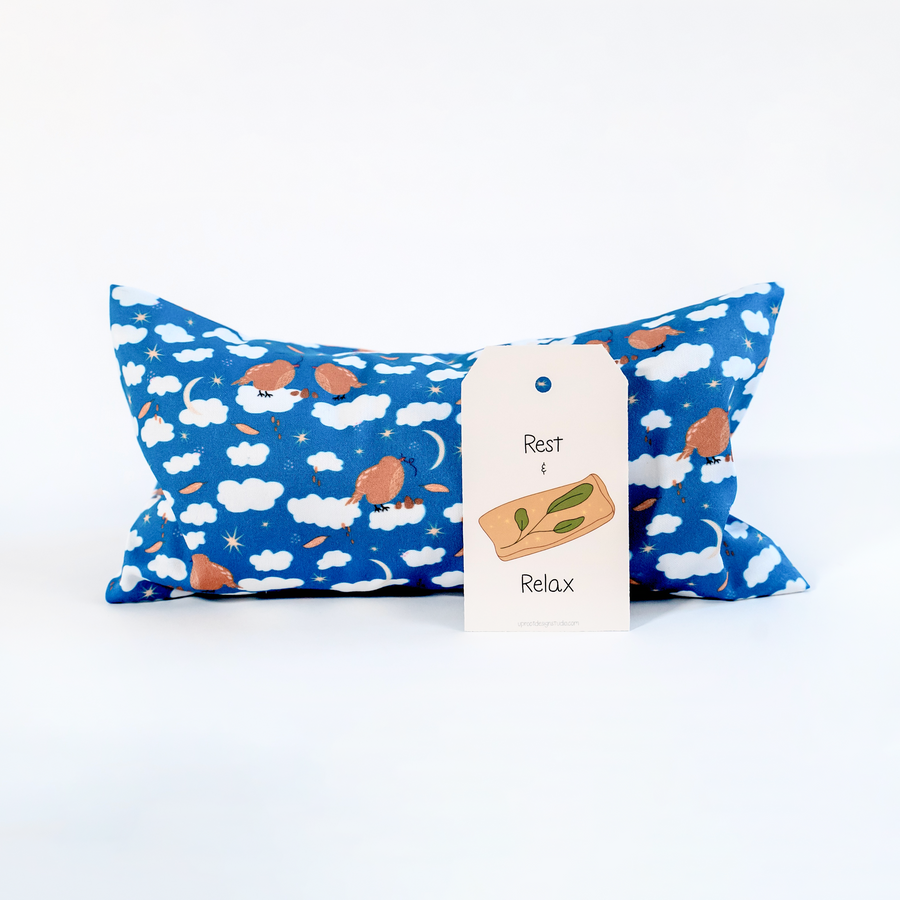
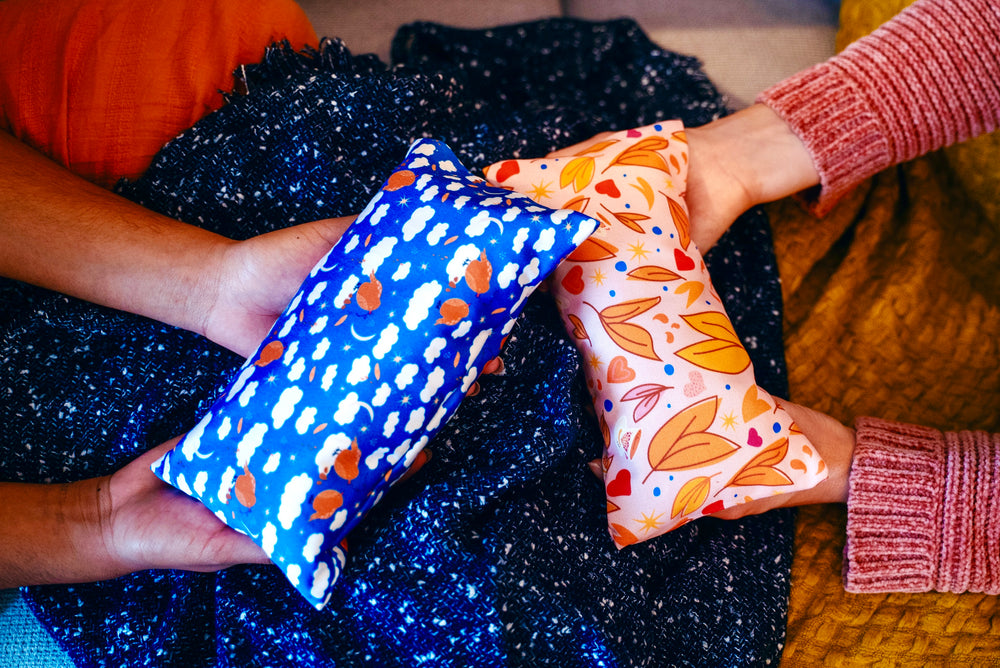




 Once the pouch is filled, I sew it closed and trim the threads.
Once the pouch is filled, I sew it closed and trim the threads.

